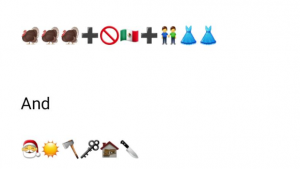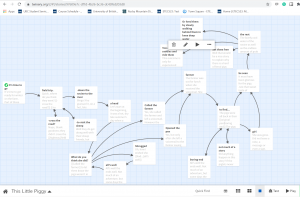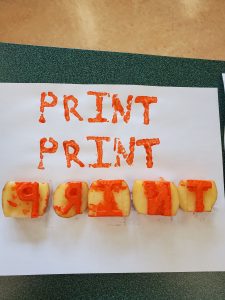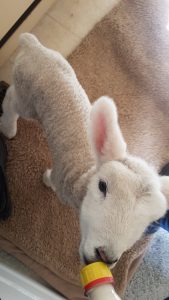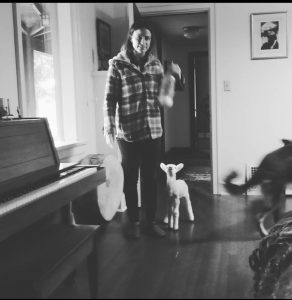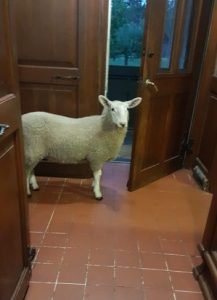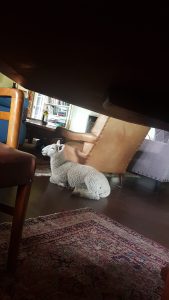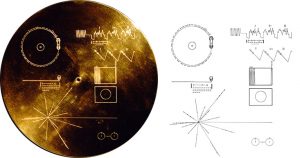
Before I even looked at the list of 27 songs that I am required to narrow down to just 10, I begin to think of my criteria. As I reflect on what Dr. Smith Rumsey’s message, what can we afford to lose? My first instinct would be to discard any duplicates, similar sounds, whether that would be the same feature instrument, from the same culture or similar sounding lyrics. Hopefully, there are a few similarities to be able to narrow down the field.
Goal to have just ten songs remain, so 17 more songs to lose.
Now that I see the list, I would like to represent the world’s diversity and attempt to highlight songs from each continent.
My first surprising discovery was the classical representation with three titles by Bach, two by Beethoven and one by Mozart. I take the six songs in this genre and listen to all options twice.
I am happy with the first cut, as I can remove four songs from the list. Upon further investigation, I include Stravinski’s Sacrificial Dance in this list and find that I consider it two similar to other selections as it as well is discarded.
The two remaining titles:
- Mozart, The Magic Flute, Queen of the Night aria, no. 14. Edda Moser, soprano. Bavarian State Opera, Munich, Wolfgang Sawallisch, conductor. 2:55
- Beethoven, Fifth Symphony, First Movement, the Philharmonia Orchestra, Otto Klemperer, conductor. 7:20
Mozart demonstrated a classical style with a blend of opera. The vocal range is awe-inspiring, the mix between classical and opera provided both an emotional and mathematical impact while listening.
The fifth symphony is an emotional choice for me. There is a level of control demonstrated through the various volume levels when different instruments enter the piece. This song is very recognizable, and it is as though the music comes alive and fills a room around you.
Five songs removed, 12 more songs to lose.
Next, I look at the three contemporary American songs. All three were solo male vocalists. The original record is from the 1970s and perhaps chosen by a group’s taste, but I have decided that only one representation will remain from this group.
- “Johnny B. Goode,” written and performed by Chuck Berry.
Chuck Berry’s sound is an excellent example of rock and roll. I feel the electric guitar has earned the right to be a part of this list a and the upbeat nature will balance well with other selections on the list.
Two more songs removed, ten more songs to lose.
Okay, now it is time to listen again to the songs because ten songs to keep and ten songs to lose.
The next criterion is a balance between instrumental and vocal (verbal) compositions. This step allows me to choose between the two Peruvian selections.
- Peru, Wedding Song, recorded by John Cohen. 0:38
With this selection being so short, can I please keep the eleventh track? Probably not. This song has a female vocalist representing South American culture and deserves a spot on the list: geography, gender, genre, and vocals are all present.
The next inductee:
- India, raga, “Jaat Kahan Ho,” sung by Surshri Kesar Bai Kerkar. 3:30
This song meets the geography criteria. The instruments included are very representative of the region of the world and the male vocalist. It includes haunting emotions that allow the listener to connect on a technical or a spiritual level.
When sticking to the geography criteria, I made the tough choice between the two Asian representatives.
- Japan, shakuhachi, “Tsuru No Sugomori” (“Crane’s Nest,”) performed by Goro Yamaguchi. 4:51
I decided to keep the song from Japan. They both were instrumental and primarily featured one instrument. I felt that the “Cane’s nest” told more of a story and took the listener on a journey, where the “Flowing Streams” from China did not produce an emotional response for me.
The selections are starting to get to me. I am trying to be objective in my choices, that is why I am looking at geography, instrumental vs. lyrical, solo vs. ensemble and male and female. Still, I am left with making a personal choice based on my emotions. I view music as art and cultural representation of someone’s soul. Since it is a personal expression, I need to continue to trust my impressions. I have heard music described as colours on a wheel, and you can group them according to your response; however, I am sticking with my gut instinct on whether it speaks to my soul.
Continuing with geography, I will be including the bagpipes from Azerbaijan. Beautifully haunting and an excellent instrumental representation of that geographic area.
- Azerbaijan S.S.R., bagpipes, recorded by Radio Moscow. 2:30
I have three selections remaining.
- Australia, Aborigine songs, “Morning Star” and “Devil Bird,” recorded by Sandra LeBrun Holmes. 1:26
With this selection, I looked to include indigenous peoples, and I looked between the Navajo Night Chant and this one. I chose the Aborigine song because of the diversity of instruments with the didgeridoo and the vocals.
- Mexico, “El Cascabel,” performed by Lorenzo Barcelata and the Mariachi México. 3:14
This song was very upbeat and highlighted an acoustic guitar and a mariachi band. Many songs on the list had a single vocalist. This selection was representative of a group of singers all working together to entertain.
- Bulgaria, “Izlel je Delyo Hagdutin,” sung by Valya Balkanska. 4:59
This piece hit the criteria of geographic diversity and a solo vocalist that just radiates emotion of solitude and hope.
So here it is. The final selection that took four different passes through the list and applying and removing various criteria, I have curated a list of 10 songs from the original Golden Record that was sent out on the voyager probes. The order of the list is how they appeared on the NASA website.
- Australia, Aborigine songs, “Morning Star” and “Devil Bird,” recorded by Sandra LeBrun Holmes. 1:26
- Mexico, “El Cascabel,” performed by Lorenzo Barcelata and the Mariachi México. 3:14
- “Johnny B. Goode,” written and performed by Chuck Berry. 2:38
- Japan, shakuhachi, “Tsuru No Sugomori” (“Crane’s Nest,”) performed by Goro Yamaguchi. 4:51
- Mozart, The Magic Flute, Queen of the Night aria, no. 14. Edda Moser, soprano. Bavarian State Opera, Munich, Wolfgang Sawallisch, conductor. 2:55
- Azerbaijan S.S.R., bagpipes, recorded by Radio Moscow. 2:30
- Beethoven, Fifth Symphony, First Movement, the Philharmonia Orchestra, Otto Klemperer, conductor. 7:20
- Bulgaria, “Izlel je Delyo Hagdutin,” sung by Valya Balkanska. 4:59
- Peru, wedding song, recorded by John Cohen. 0:38
- India, raga, “Jaat Kahan Ho,” sung by Surshri Kesar Bai Kerkar. 3:30
References
McDonald, L. (Host). (2019). Voyager Golden Record. In Twenty Thousand Hertz. Defacto Sound. https://www.20k.org/episodes/voyagergoldenrecord
Smith, A. (1999). Why digitize? Retrieved June 15, 2019, from Council on Library and Information Resources website: https://www.clir.org/pubs/reports/pub80-smith/pub80-2/
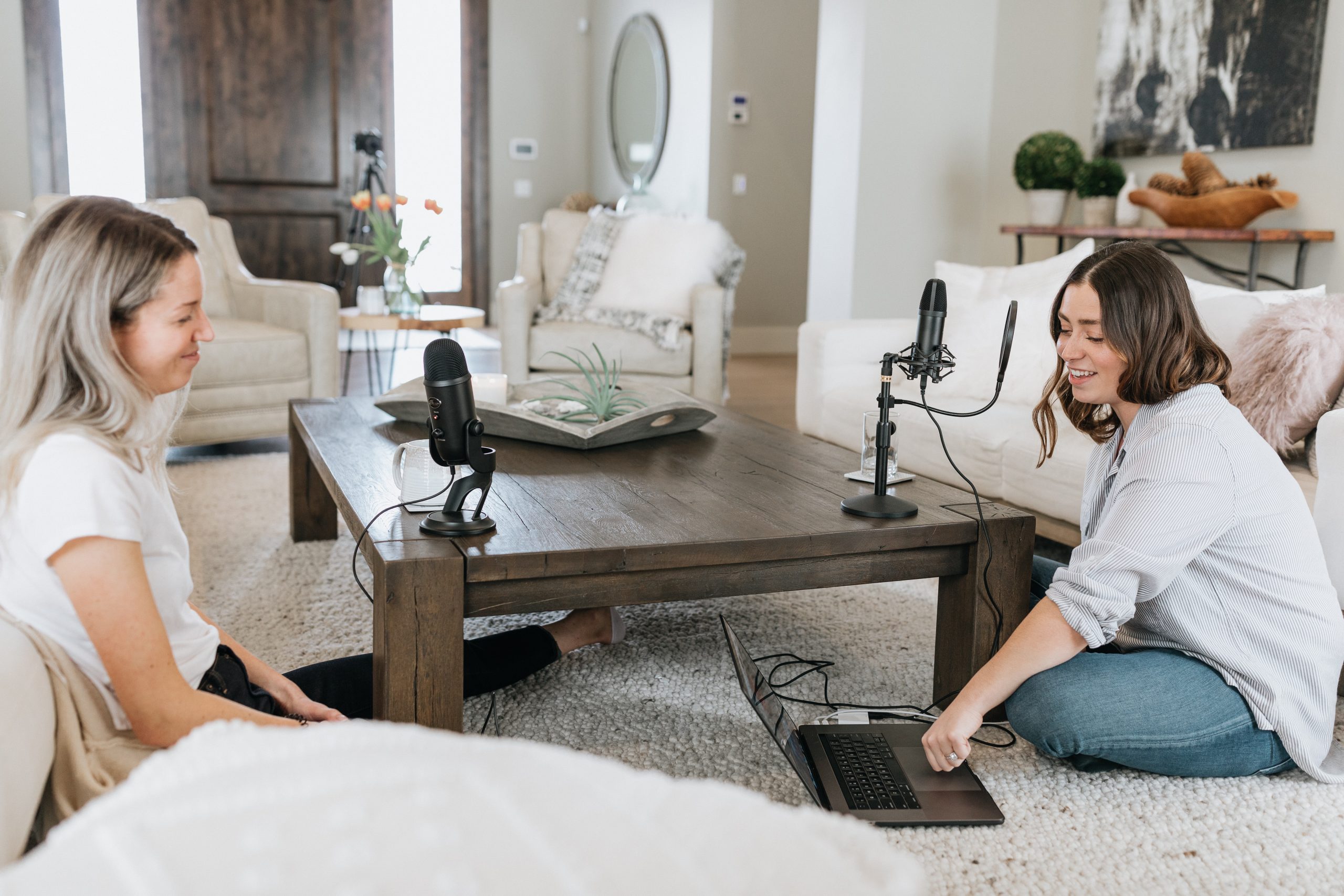










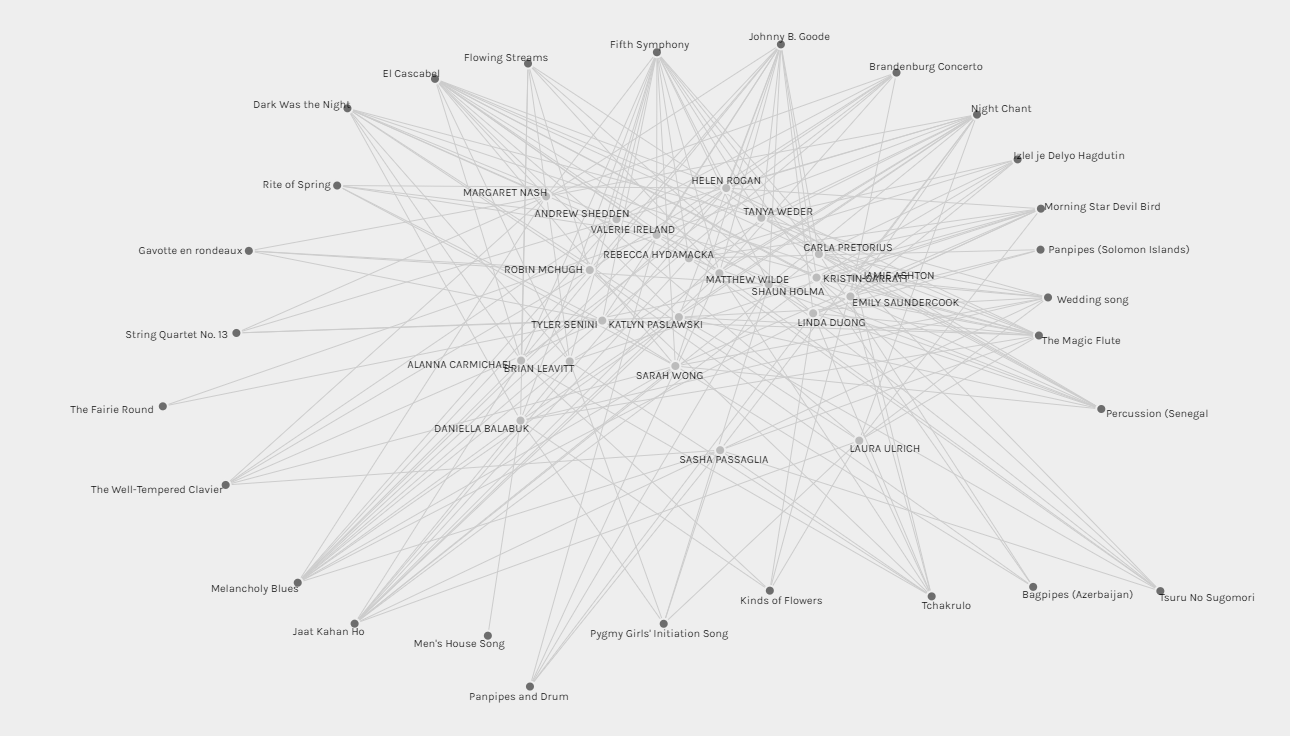
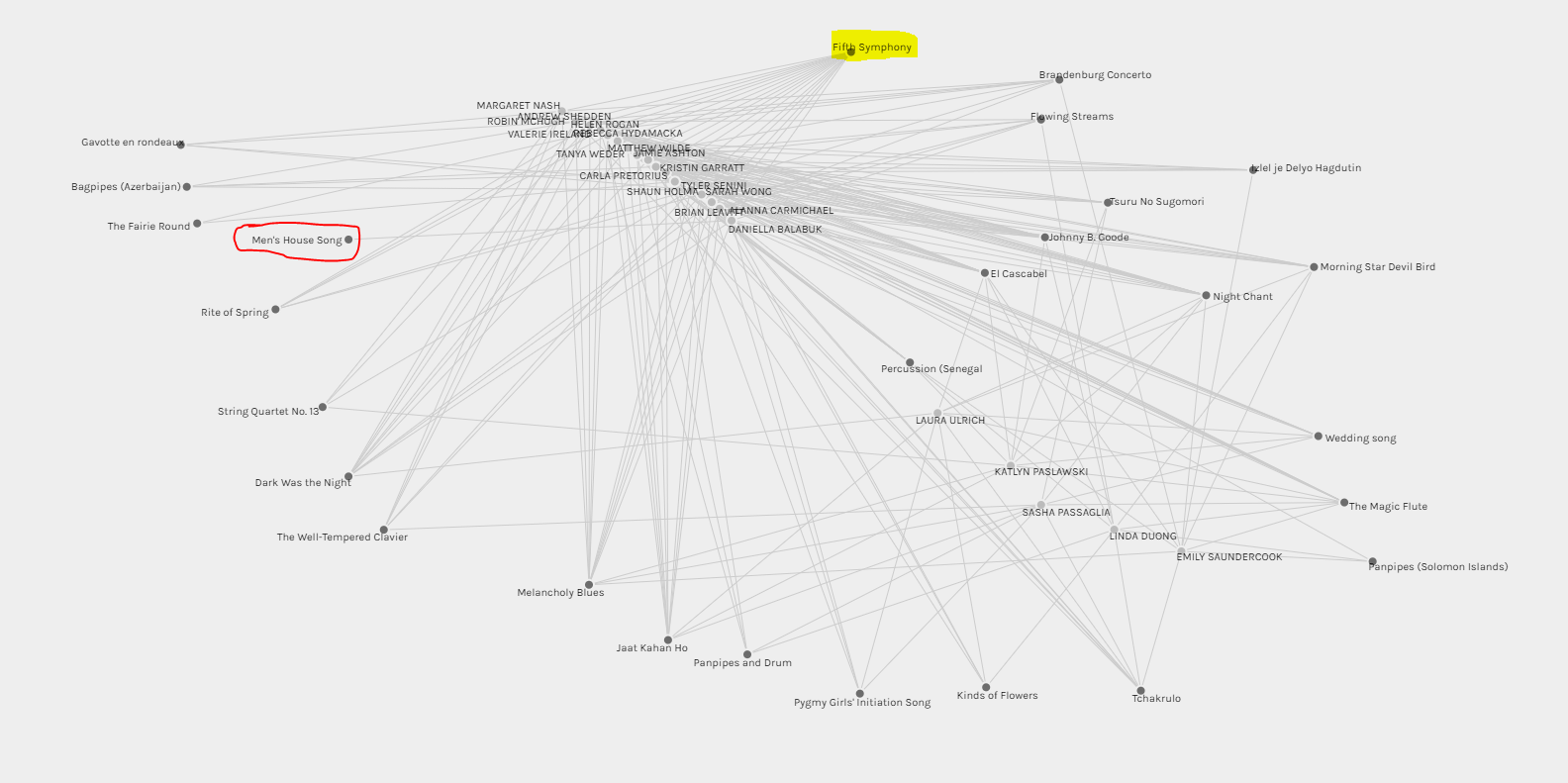


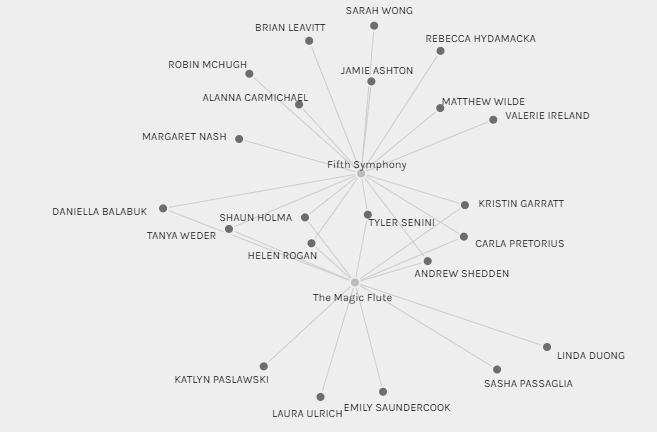
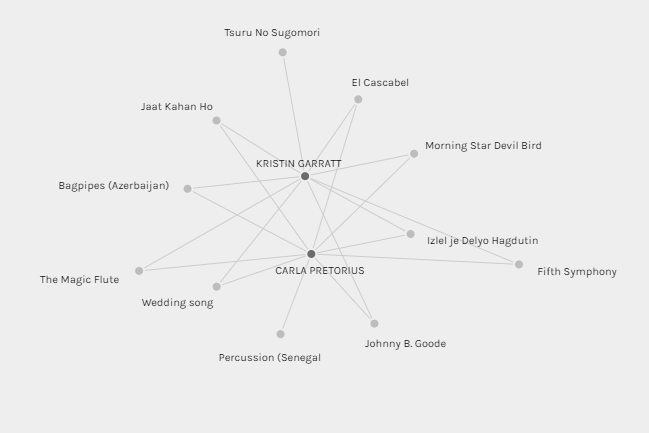



 to keep the tone light and playful, but never for actual content.
to keep the tone light and playful, but never for actual content.